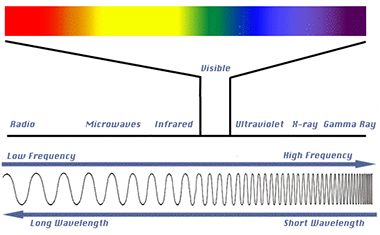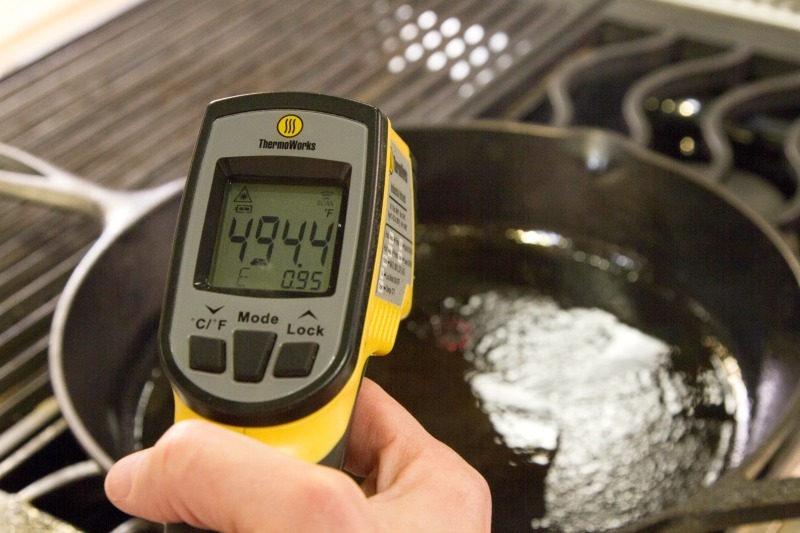Long gone are the days for traditional probe thermometers that were commonly seen for measuring human temperature and for cooking. While they have been used for generations after generations, the few slight shortcomings that they have are now being replaced by infrared thermometers.
Amongst the abundance of options in the market today, infrared thermometers are not only easy to use but also offer accurate results in record time. Henceforth, infrared thermometers are rapidly gaining fame for industrial applications.
One of the biggest selling points of Infrared Thermometers is their ability to measure the surface temperature of any given object. For measuring internal temperatures, however, the infrared thermometer isn’t the one to use.
Our curious mind always wants to know each and every detail of a product when we wanna buy a new product. You are here right now because you are willing to purchase an infrared thermometer. But, you don’t have basic knowledge about this non-contract thermometer particularly the working principle of this device. Our Chief Editor Engineer Mohiuddin Shawon is going to explain it to our readers. By the end of this short article, you will get a clear idea about “how does infrared thermometer work?”.
What Is Infrared Radiation?
Before understanding the working mechanism of an infrared thermometer, one must have a clear idea of what infrared radiation is?
According to Live Science, infrared radiation (also known as infrared rays), is nothing but a special type of radiation energy that is not visible to human eyes. Although it is invisible, you can feel the intensity of infrared rays as heat. Sun and fire are the two main sources of infrared radiation in the earth where the sun gives its half energy as infrared light. Along with these two prime sources of infrared radiation, almost every object in the universe emit some level of infrared radiation.
Heat can be transferred from one to another place in three different ways and radiation (Infrared Radiation) is one of them. And it is the fastest way of heat transformation. Scientist has found that every object that has a temperature above 5 degrees Kelvin (-450°F or -268°C) emits infrared rays.

According to NASA, in 1800, one of the famous British astronomers William Herschel for the first time discovered this infrared light. He conducted an experiment to measure the temperature difference between the visible colors spectrum.
Infrared radiation is a special type of electromagnetic radiation. The electromagnetic radiation of IR creates a continuum of frequencies which is produced when atoms of any object absorb and release any type of energy.
Main Working Principle of Infrared Thermometer
Granted the technology and method behind making a device like an infrared thermometer is very complicated, the science behind how and why this works is very easy to grasp.

When emitted, energy is given off in the form of heat. To some extent, all objects emit heat and an infrared thermometer can easily identify the infrared rays coming off the surface of any object. The thermometer will subtract the emission from the surroundings to figure out the temperature of the object.
It features a special tool called the thermophile, which detects the infrared rays coming out of the object in question. After the light is funneled into the thermophile in the form of infrared rays, the rays are first converted to heat and then electricity before being measured.
So the reading that you see on your thermometer is the total amount of electricity the infrared rays from the object are generating.
All of this is done in a matter of a few seconds, making infrared thermometers the quickest way to obtain results and useful in a myriad of scenarios.
Conclusion
The infrared thermometer is one of the coolest inventions that has ever been created. With the simple yet advanced mechanism, these infrared thermometers are being used in a wide range of situations proving themselves to be extremely versatile.
So, now that you know how an infrared thermometer works, go and get yourself one.

